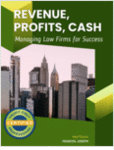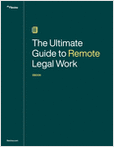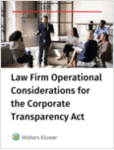 Editor’s Note: this is the third in a three-part series looking at issues related to peer selection. Part I looks at a new approach to selecting peers. Part II presented evidence that peer sets should be updated regularly.
Editor’s Note: this is the third in a three-part series looking at issues related to peer selection. Part I looks at a new approach to selecting peers. Part II presented evidence that peer sets should be updated regularly.
The previous articles discussed a new approach to identifying peers. But we had purposefully ignored Profit per Equity Partner (PPP) as a metric in the peer selection process. However, PPP is an important parameter that is reported widely to gauge the compensation level of an average equity partner.








